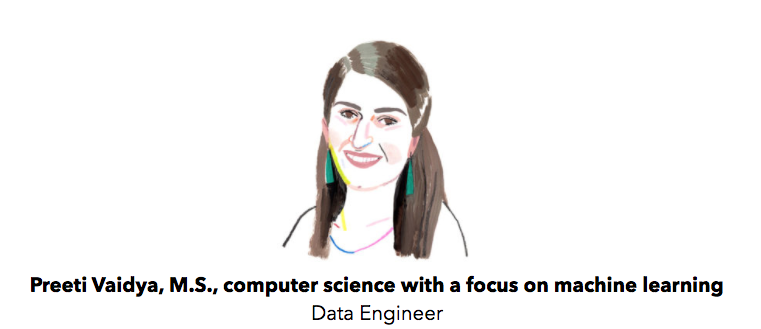Author: David Berzin

The Evolution of the T-Shaped Skill Set: Building a High-Performance Box-Shaped Product Management Team
•
The concept of a T-shaped professional is a good one. It suggests the need for both a breadth (top of the letter “T”) and depth (central pillar of the “T”) of skills to excel in your role. McKinsey & Company adds “For any given role, some skill requirements are universal.…

Healthcare Roadmaps: Crafting Unique Patient-Centric Healthcare Experiences Amidst Other Priorities
•
In my years leading product and technology teams across various healthcare companies, balancing unique patient experiences with the integrity of foundational medical care has always been a core focus. Our objective is clear: enhance the patient journey without compromising quality. In healthcare, we cannot risk gimmicks as our customers –…

Embracing Failure: Accelerating Product Development with Insight and Iteration
•
When building consumer and data products, product decisions are most often incorrect (up to 80-90% of the time!) As such, the key to successful product development lies in the ability to quickly gain insights and iterate. Success isn’t found in initial perfection but in the adeptness to rapidly glean insights…

Whose Product is it Anyway? Nurturing the PM/CEO Relationship
•
In early-stage leadership product roles, the fit between the product lead and the CEO is paramount. When there is clarity and alignment, the product leader becomes supercharged. However, when this connection is lacking, it can lead to a breakdown. In this article, I’ll explore tips on how to identify a…

Supporting Sweet Dreams: A Product Journey from Concept to Impact with Proper Sleep + Behavior Tracking App
•
As the Product Management Leader at Proper, a Redesign Health portfolio company focused on sleep health, I had the incredible opportunity to spearhead the creation of a groundbreaking consumer-facing product that changed the way our customers understand and optimize their sleep. Our journey from ideation to delivery was a remarkable…

Goldilocks Criteria: Customer Data Platforms
•
This is the second in a series of posts designed to help managers think about business requirements for selecting enterprise vendors and software. Please also check out my first post on Business Intelligence platforms. Customer Data Platforms (CDPs) inspire a lot of confusion. Best to begin with what they are and…

Goldilocks Criteria: Selecting Modern Business Intelligence (BI) Platforms
•
This is the first of a new series of posts dedicated to helping people select data tools and infrastructure. I’ve listed out the ‘perfect’ feature set for a dream product. Of course, these features rarely exist in a single solution, but if they did, I’d use it! First up: business…

Press: How Viacom uses AI to predict the success of its social campaigns
•
Digiday going deep with my colleague (and hire) Dr. Matt Moocarme on how we’re leveraging our custom data stack and artificial intelligence to create better social media posts and campaigns. Extremely proud of the team’s work and the patent we earned for this project!

In the Press: Get to Know a Few of Viacom’s Data Scientists
•
Here’s a great profile on a few of my Data Science colleagues here at Viacom. So excited to see a few of my hires (Matthew and Preeti) profiled! Viacom has a strong track record of hiring data scientists with deep academic backgrounds who have also completed business training boot camps. …
